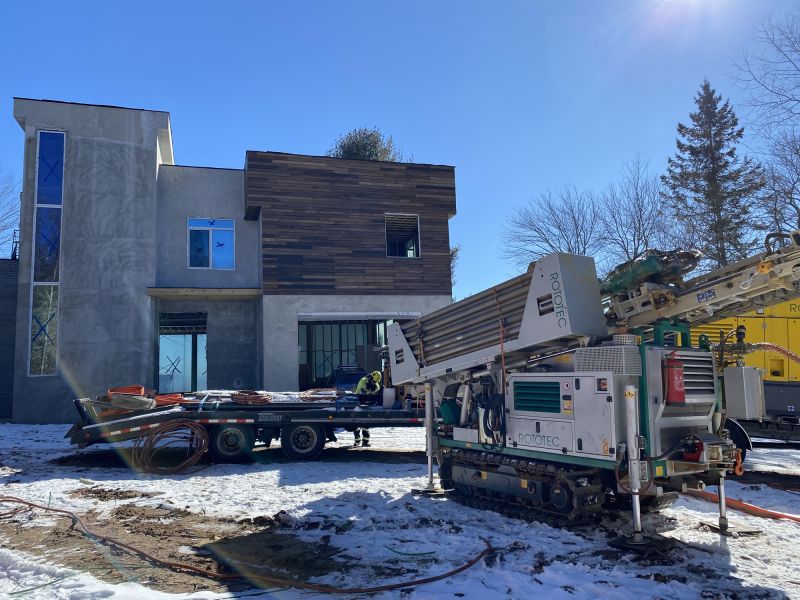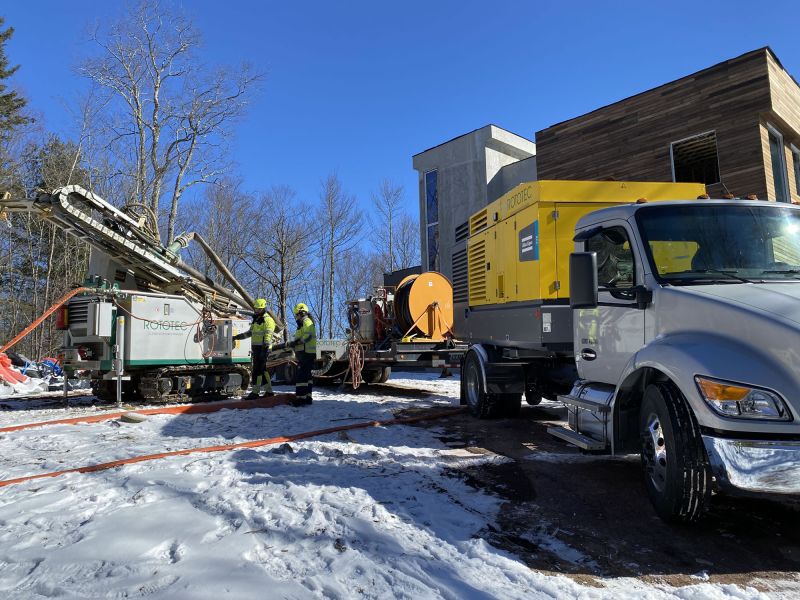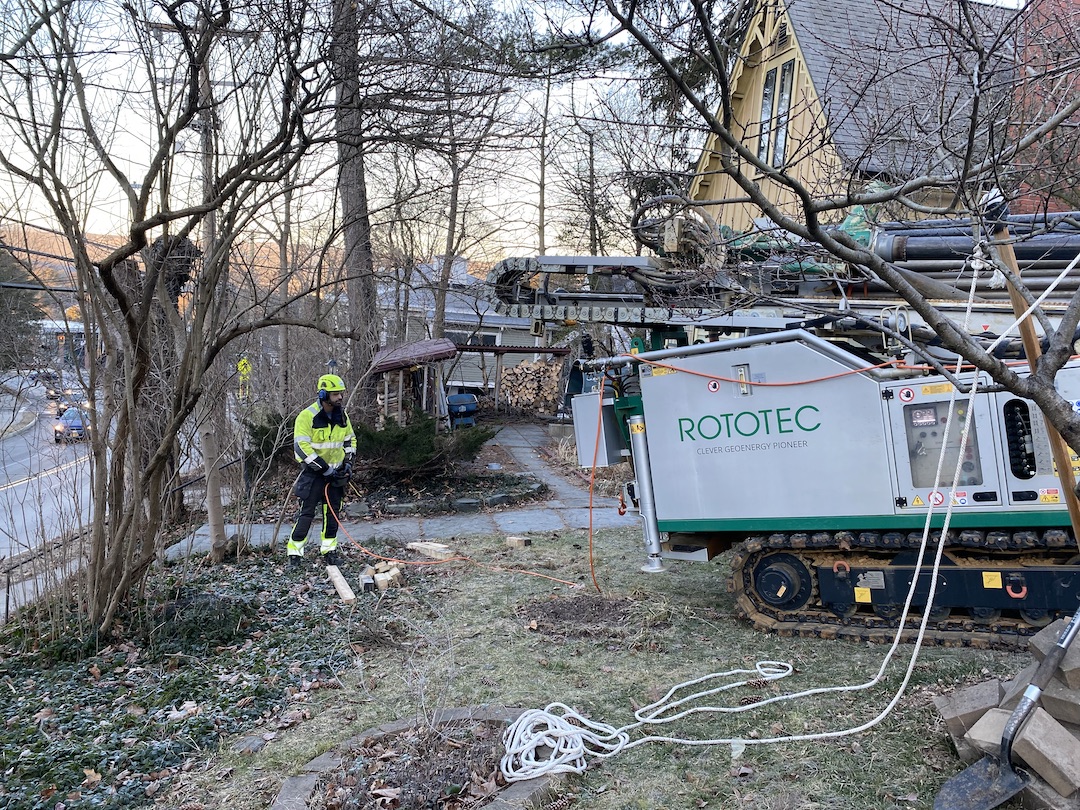The U.S. Environmental Protection Agency has stated that geothermal heat systems are the most efficient and comfortable heating and cooling technology currently available. Geoenergy, or geothermal energy, refers to the heat energy stored beneath the Earth’s surface. It primarily harnesses the solar energy absorbed by the Earth’s crust, making it a sustainable energy source for heating and cooling.
A geothermal heat pump operates similarly to a refrigerator, transferring heat from the ground to a building’s heating system. It requires at least one geothermal well drilled into the ground, usually reaching depths where stable temperatures prevail year-round.

How many types of geothermal systems exist?
There are three geothermal systems. The first one, named an Open Loop system, uses groundwater to absorb or reject heat. These systems are ideal where groundwater is plentiful.
The second is a Closed Loop. A Closed Loop system uses a pipe in the groundwater to provide the heat exchange. This system can be used in most locations and system sizes.
Lastly, a Lake Loop system uses a pipe submerged in a body of water to provide the heat exchange. These systems are common in warm climates.

Is it expensive?
Compared to other common heat systems, such as air source heat pumps or propane, geoenergy systems do require higher initial expenses for the cost of drilling. However, geoenergy systems have minimal maintenance requirements and lower operational costs over their lifespan than more traditional methods.
Where can I get more information?
For more information, visit the National Ground Water Association website or find a local water well system contractor.
About the Author
We want to thank National Ground Water Association member Rototec for providing photos and content. Click here to learn more.




